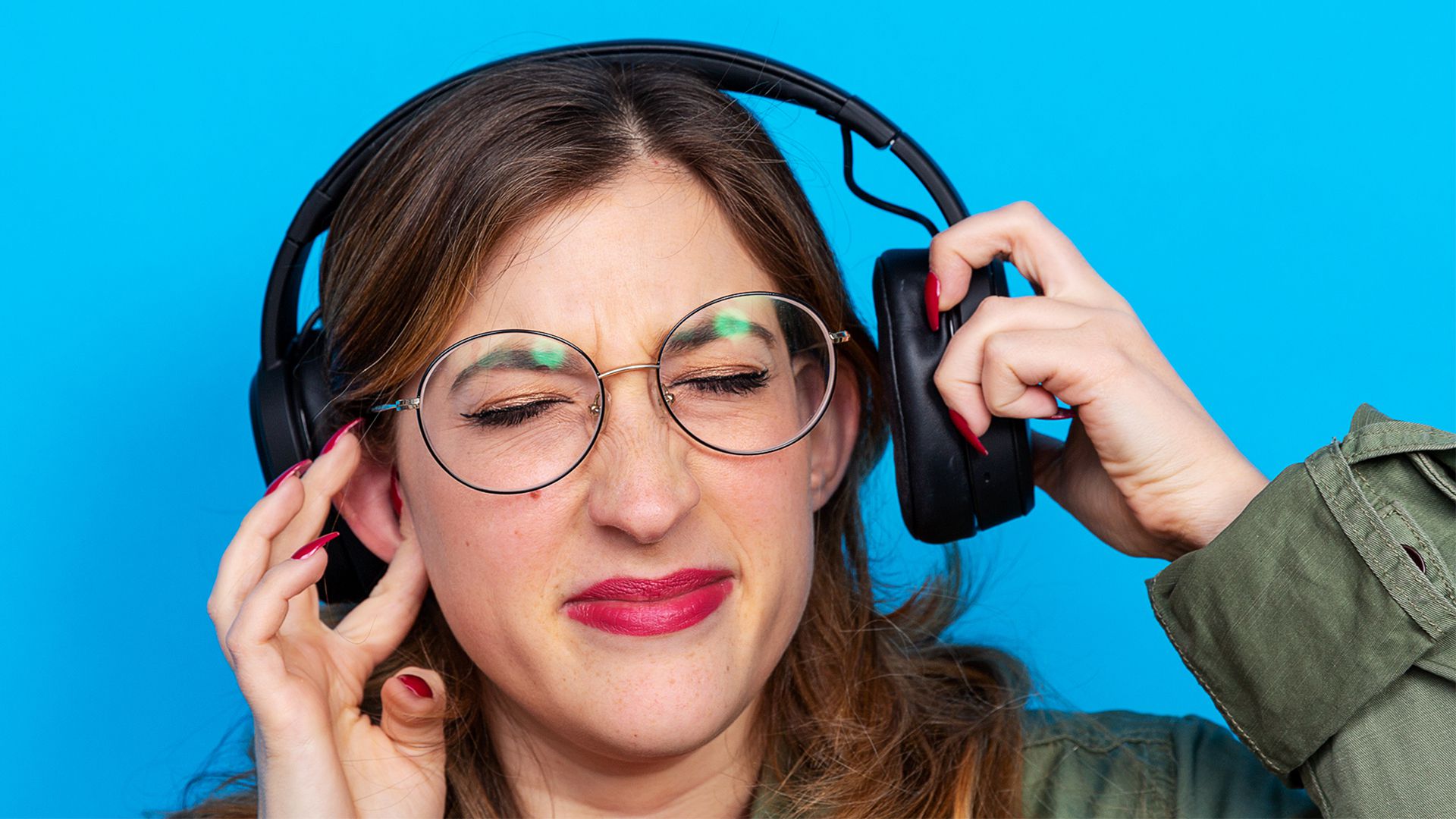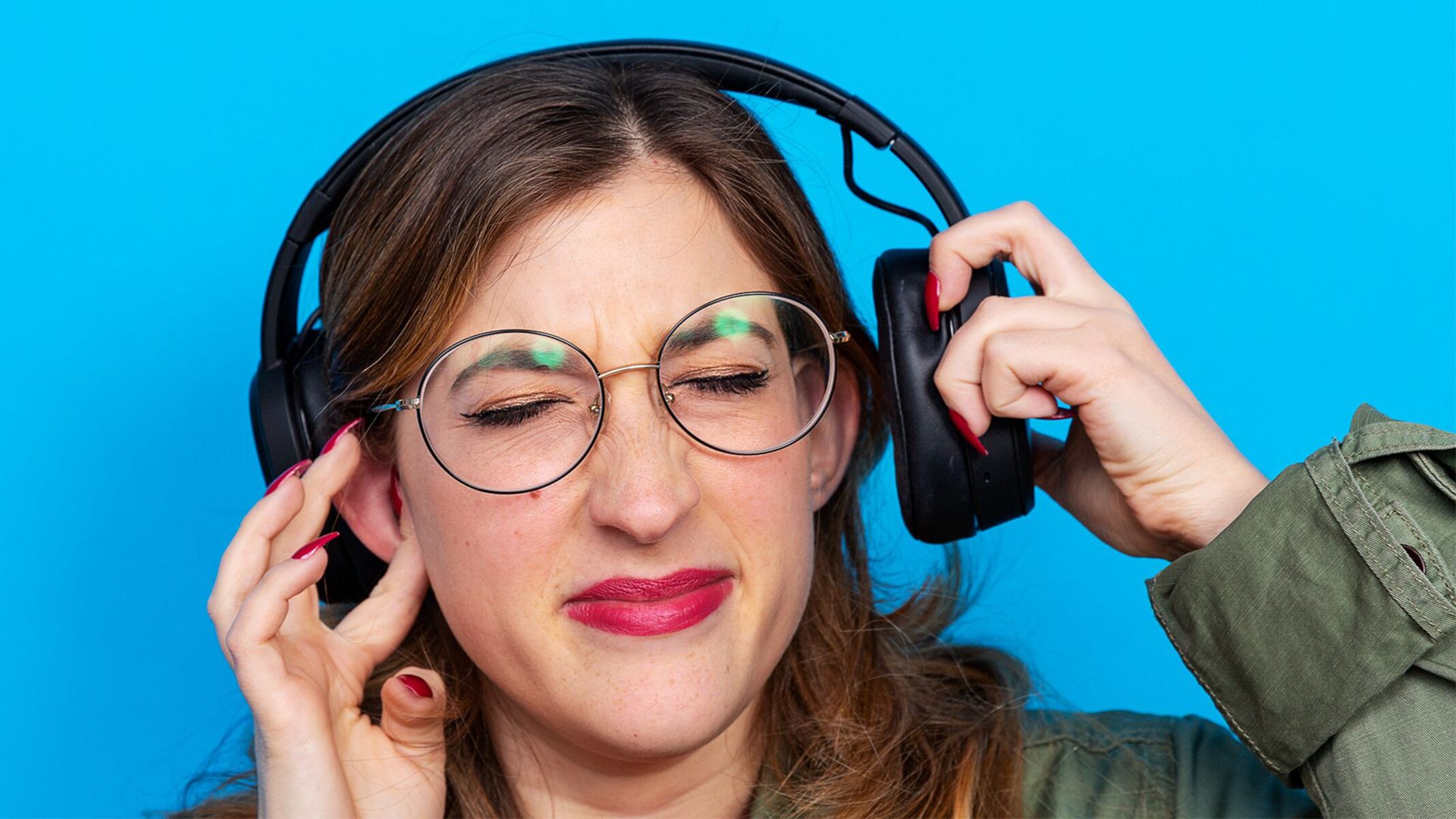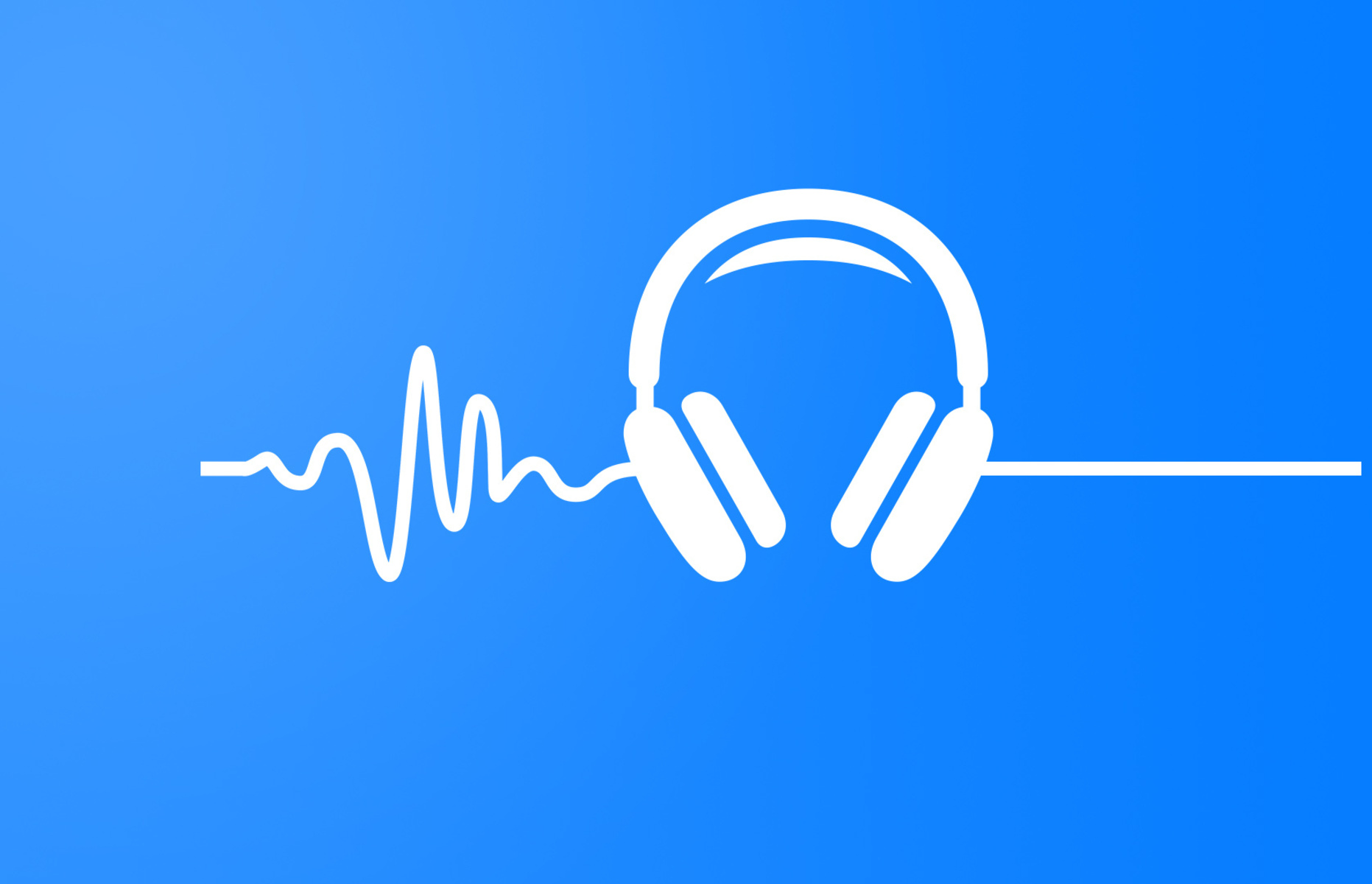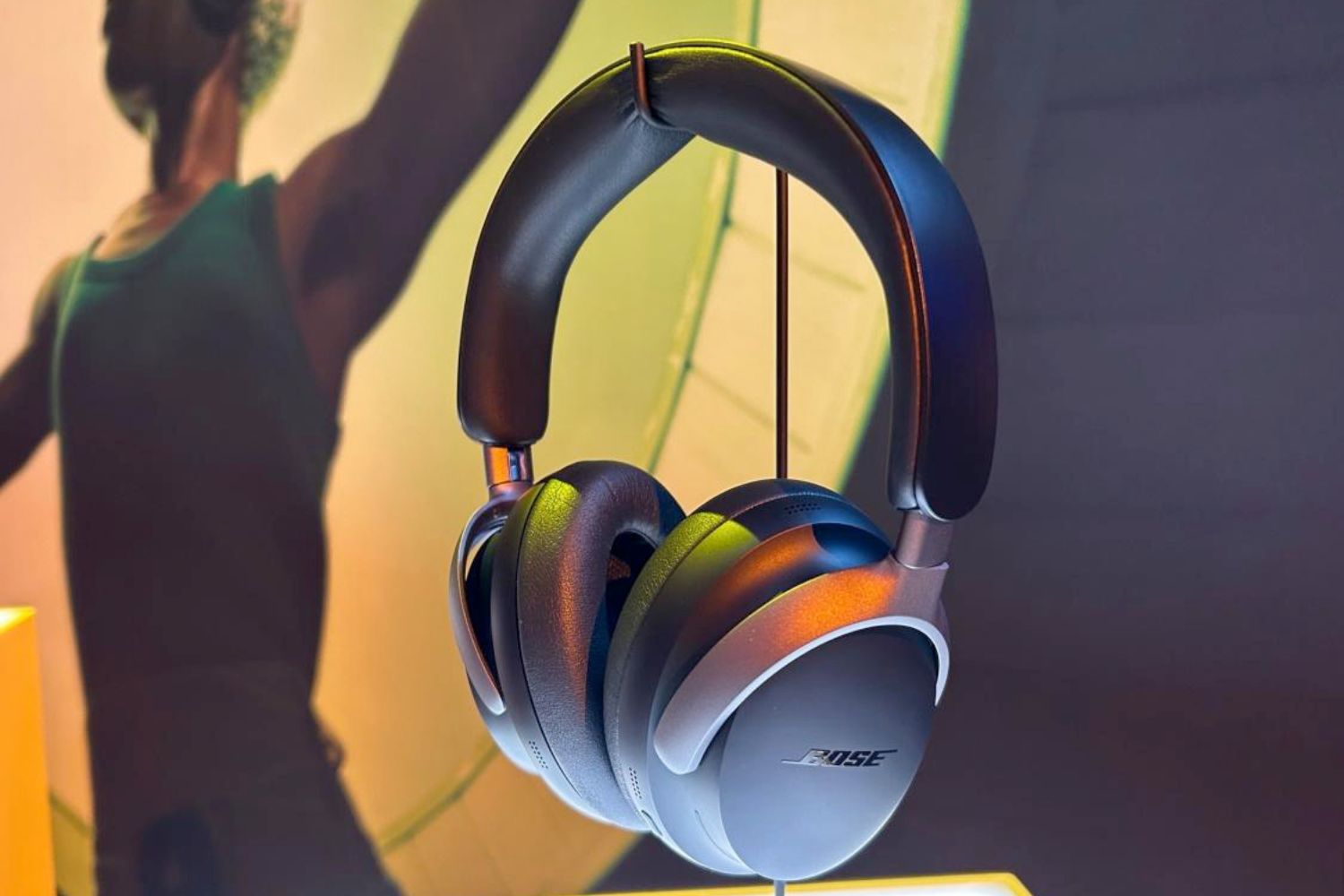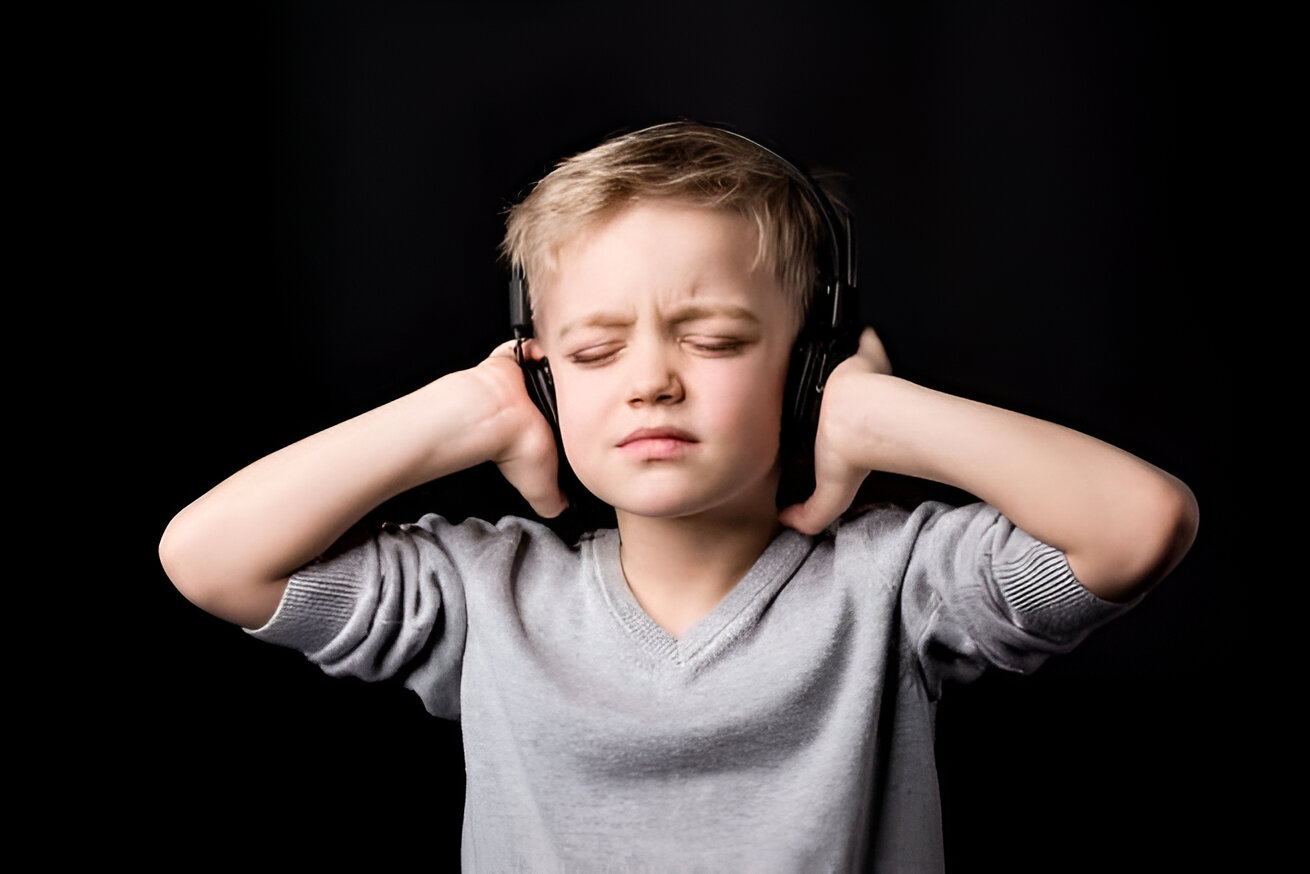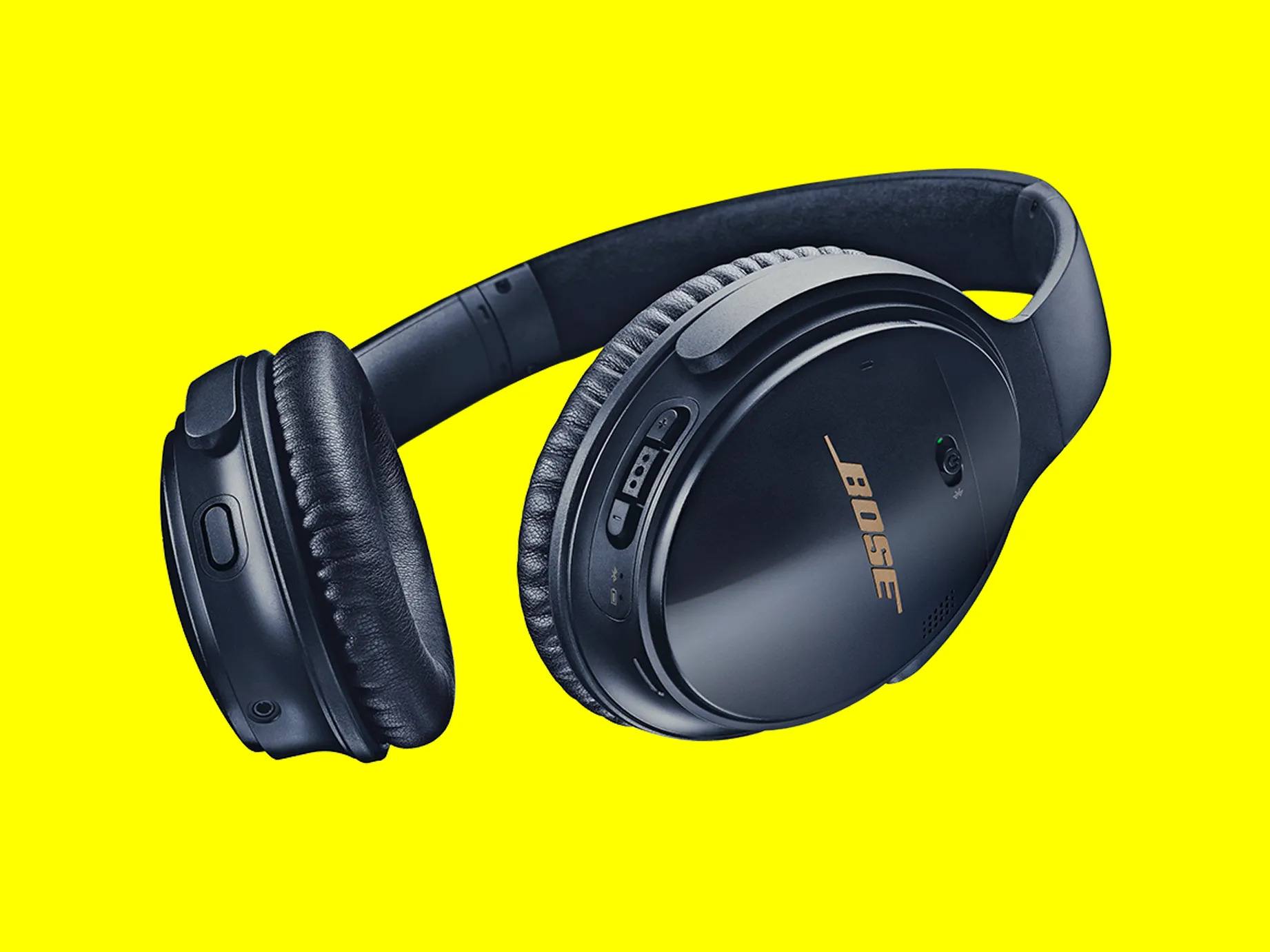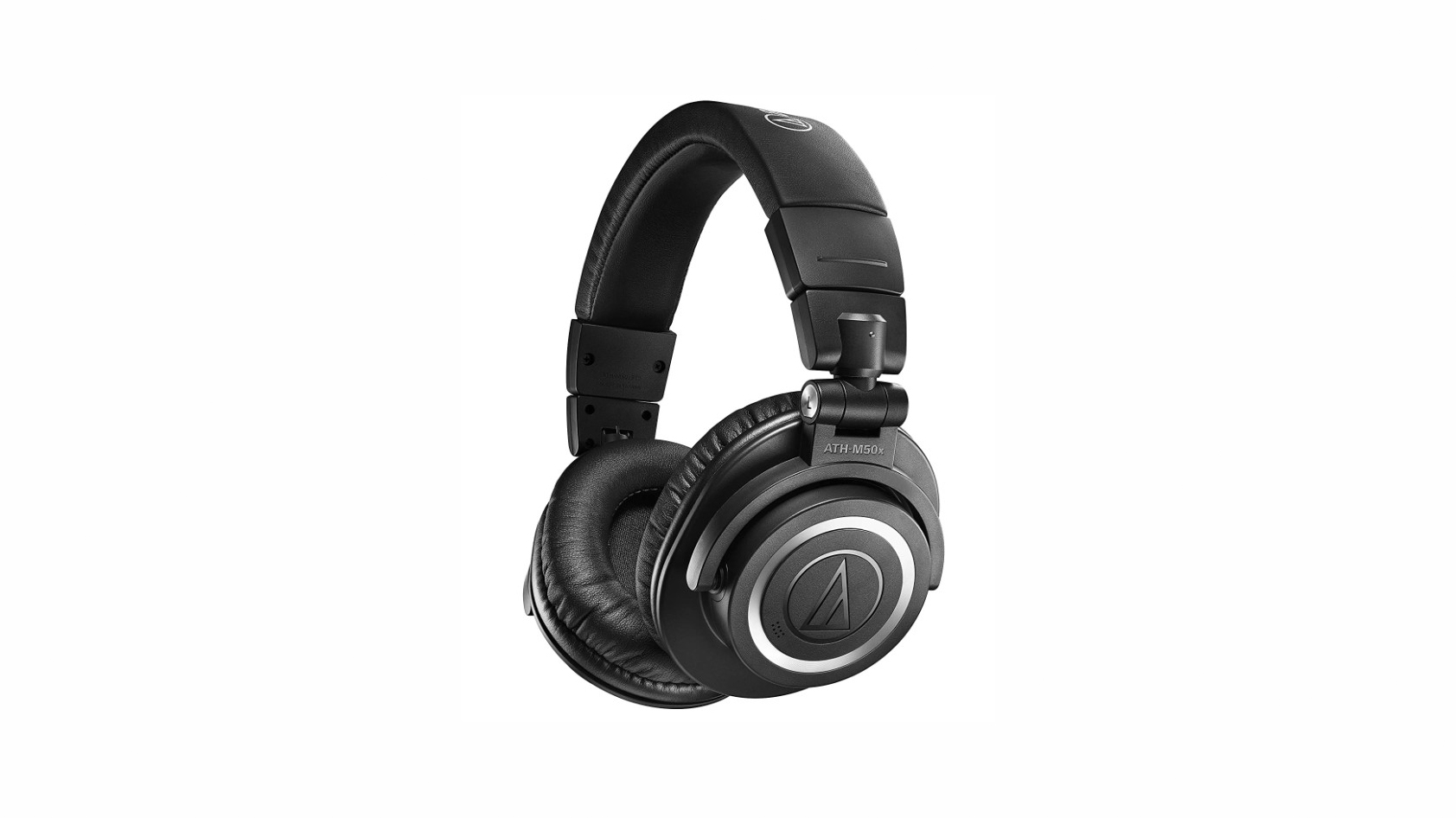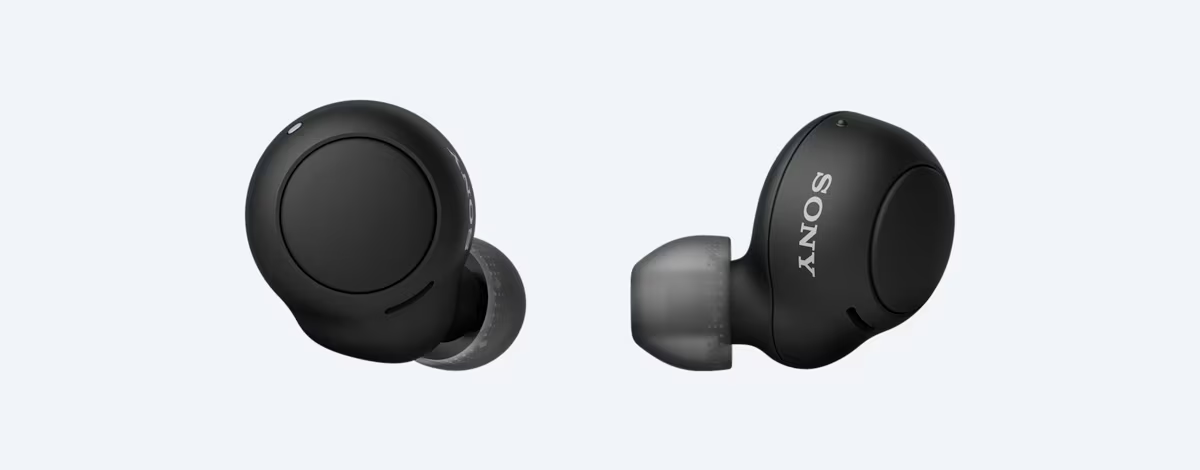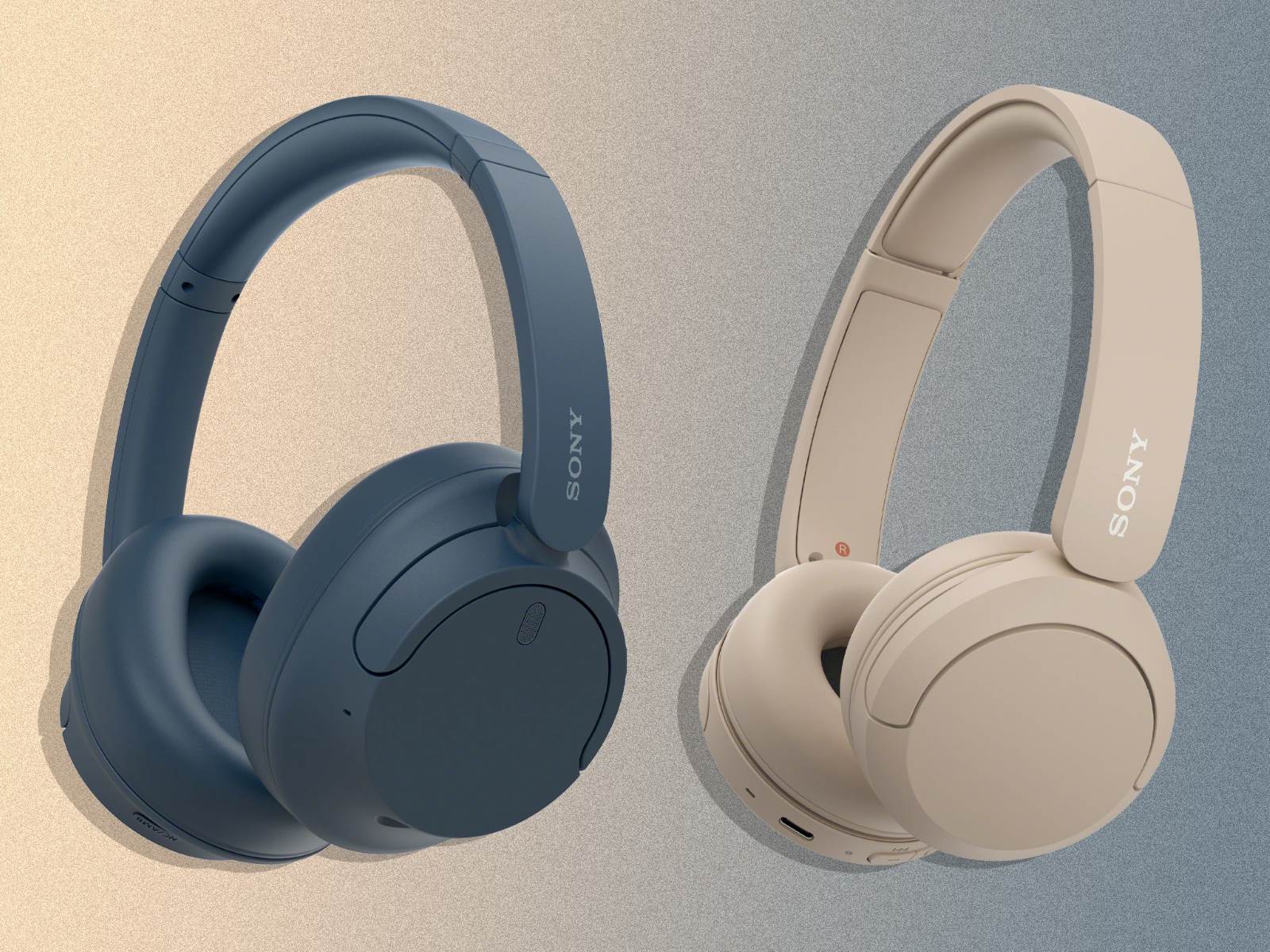Introduction
Noise cancelling headphones have become an indispensable accessory for many people, offering a sanctuary of tranquility in the midst of the hustle and bustle of daily life. These innovative devices are designed to minimize external noise, allowing users to immerse themselves in their favorite music, podcasts, or simply enjoy moments of peace and quiet. However, some users have reported experiencing a peculiar phenomenon after prolonged use of noise cancelling headphones – a ringing sensation in their ears. This begs the question: why do noise cancelling headphones make my ears ring?
In this article, we will delve into the fascinating world of noise cancelling technology, explore the potential effects of prolonged use on the ears, and shed light on the connection between noise cancelling headphones and the perception of ringing in the ears. Additionally, we will provide valuable insights into understanding tinnitus, a condition often associated with this sensation, and offer practical tips for using noise cancelling headphones safely.
As we embark on this exploration, it's important to approach the topic with an open mind and a willingness to uncover the complexities that underlie our auditory experiences. By gaining a deeper understanding of the mechanisms at play, we can make informed decisions about our headphone usage and take proactive steps to safeguard our auditory well-being. So, let's embark on this enlightening journey to unravel the mysteries behind the enigmatic relationship between noise cancelling headphones and the sensation of ringing in the ears.
How Noise Cancelling Headphones Work
Noise cancelling headphones employ sophisticated technology to reduce or eliminate ambient sounds, creating a more immersive and peaceful listening experience. The primary mechanism behind their functionality involves the generation of sound waves that mirror and oppose incoming external noises, effectively neutralizing them. This is achieved through a process known as active noise control, which relies on microphones, electronic circuitry, and speakers to counteract ambient sounds.
When a user activates noise cancelling mode, tiny microphones integrated into the headphones continuously monitor the ambient sounds in their environment. These microphones capture external noises, which are then analyzed by the headphones’ internal circuitry. Subsequently, the headphones generate anti-noise signals that mirror the characteristics of the detected ambient sounds, but with one crucial difference: they are precisely out of phase with the original sounds. As a result, when these anti-noise signals are emitted through the headphones’ speakers, they effectively cancel out the incoming sounds, significantly reducing their impact on the user’s auditory experience.
It’s important to note that noise cancelling headphones are particularly effective at attenuating low-frequency sounds, such as the hum of engines on airplanes, the rumble of trains, or the drone of air conditioning units. However, they may be less effective at blocking out sudden, high-frequency noises. Some advanced noise cancelling headphones also offer adaptive features that adjust the level of noise cancellation based on the user’s environment, providing a tailored listening experience in various settings.
By understanding the intricate process through which noise cancelling headphones operate, users can gain a deeper appreciation for the technology that enables them to create personal auditory sanctuaries amidst the cacophony of the outside world. This knowledge also sets the stage for exploring the potential effects of prolonged noise cancelling headphone usage on the ears, a topic that warrants careful consideration.
The Effects of Noise Cancelling on the Ear
While noise cancelling headphones offer a respite from the clamor of the outside world, their prolonged use can have implications for the delicate mechanisms of the ear. The continuous exposure to low-frequency anti-noise signals, combined with the isolation from ambient sounds, can impact the ear’s natural processes and lead to a phenomenon commonly described as “eardrum suck.” This sensation occurs when the eardrums are subjected to a differential in air pressure due to the prolonged use of noise cancelling headphones, potentially causing discomfort or a feeling of suction in the ears.
Furthermore, the reduction of ambient noise by noise cancelling headphones can lead individuals to unknowingly increase the volume of their audio content to compensate for the diminished external sound. This habit, if left unchecked, can expose the inner ear to higher decibel levels, potentially contributing to long-term hearing damage. It is essential for users to be mindful of the volume levels at which they listen to their audio, even when using noise cancelling headphones, to mitigate the risk of auditory harm.
Additionally, the prolonged use of noise cancelling headphones may impact the brain’s auditory processing. The brain relies on a continuous stream of auditory input to maintain optimal auditory processing capabilities. By consistently reducing the intake of ambient sounds, noise cancelling headphones may inadvertently contribute to a decrease in the brain’s adaptability to varying sound environments, potentially affecting the user’s auditory acuity over time.
It is important to recognize that the effects of noise cancelling headphones on the ear can vary among individuals, and factors such as preexisting auditory conditions, duration of headphone usage, and volume levels play a significant role in determining the extent of their impact. By being cognizant of these potential effects, users can take proactive measures to safeguard their auditory health while enjoying the benefits of noise cancelling technology.
Understanding Tinnitus
Tinnitus, often described as a ringing, buzzing, or humming sensation in the ears without any external source, is a condition that has garnered increased attention in relation to the use of noise cancelling headphones. While tinnitus can manifest in various forms and intensities, it is important to understand that it is not a disease in itself, but rather a symptom of an underlying issue. It can be a result of conditions such as age-related hearing loss, exposure to loud noises, earwax blockages, or even certain medications.
For individuals who experience tinnitus, the use of noise cancelling headphones may pose unique considerations. The reduction of external ambient sounds by noise cancelling technology can create an environment where the perception of tinnitus becomes more pronounced, especially in quieter settings. This heightened awareness of the internal ringing or buzzing can be disconcerting for some users, potentially impacting their overall auditory experience.
It is essential for individuals with tinnitus to approach the use of noise cancelling headphones with caution, as the prolonged isolation from external sounds may exacerbate the perception of tinnitus. However, it is important to note that the impact of noise cancelling headphones on tinnitus can vary widely among individuals, and some users may find that the technology provides a welcome respite from external noises, thereby alleviating the prominence of their tinnitus.
When considering the use of noise cancelling headphones, individuals with tinnitus are encouraged to consult with healthcare professionals to assess the potential implications and determine the most suitable listening practices. By seeking personalized guidance, individuals can make informed decisions about the use of noise cancelling technology, taking into account the unique characteristics of their tinnitus and auditory health.
By fostering a deeper understanding of tinnitus and its relationship with auditory stimuli, individuals can approach the use of noise cancelling headphones with mindfulness and consideration for their overall auditory well-being. This knowledge empowers users to make informed choices that align with their individual auditory needs and preferences.
Tips for Using Noise Cancelling Headphones Safely
While noise cancelling headphones offer a sanctuary of tranquility, it is important for users to prioritize the safety and well-being of their auditory health. By implementing mindful practices and adhering to recommended guidelines, individuals can enjoy the benefits of noise cancelling technology while minimizing potential risks. Here are some valuable tips for using noise cancelling headphones safely:
- Limit Prolonged Usage: It is advisable to take regular breaks from using noise cancelling headphones, especially during extended periods of continuous use. Allowing the ears to rest and readjust to natural ambient sounds can help mitigate the potential impact of prolonged noise cancelling technology on auditory processes.
- Monitor Volume Levels: Be mindful of the volume at which you listen to audio content through noise cancelling headphones. Avoid excessively high volume levels, as prolonged exposure to loud sounds can contribute to hearing damage. Adhering to recommended volume guidelines promotes responsible and safe headphone usage.
- Balance Noise Cancellation and Awareness: In environments where situational awareness is crucial, such as when walking in urban areas or engaging in outdoor activities, consider using noise cancelling headphones in awareness mode or with the noise cancellation feature adjusted to allow the perception of essential ambient sounds. This balance ensures that safety and environmental awareness are maintained while enjoying the benefits of noise cancellation.
- Seek Professional Guidance: Individuals with preexisting auditory conditions, such as tinnitus or hearing loss, should consult with healthcare professionals to assess the suitability of using noise cancelling headphones. Personalized guidance can help tailor headphone usage to accommodate specific auditory needs and minimize potential adverse effects.
- Utilize Noise Cancellation Responsibly: Recognize that noise cancelling headphones are designed to enhance the listening experience, but they should be used judiciously and with an understanding of their potential effects on auditory processes. By employing noise cancellation responsibly, users can strike a balance between immersive audio enjoyment and safeguarding their auditory health.
By integrating these tips into their headphone usage practices, individuals can cultivate a mindful and responsible approach to enjoying the benefits of noise cancelling technology. Prioritizing auditory well-being while embracing the immersive experience offered by noise cancelling headphones empowers users to savor moments of tranquility without compromising their long-term auditory health.







